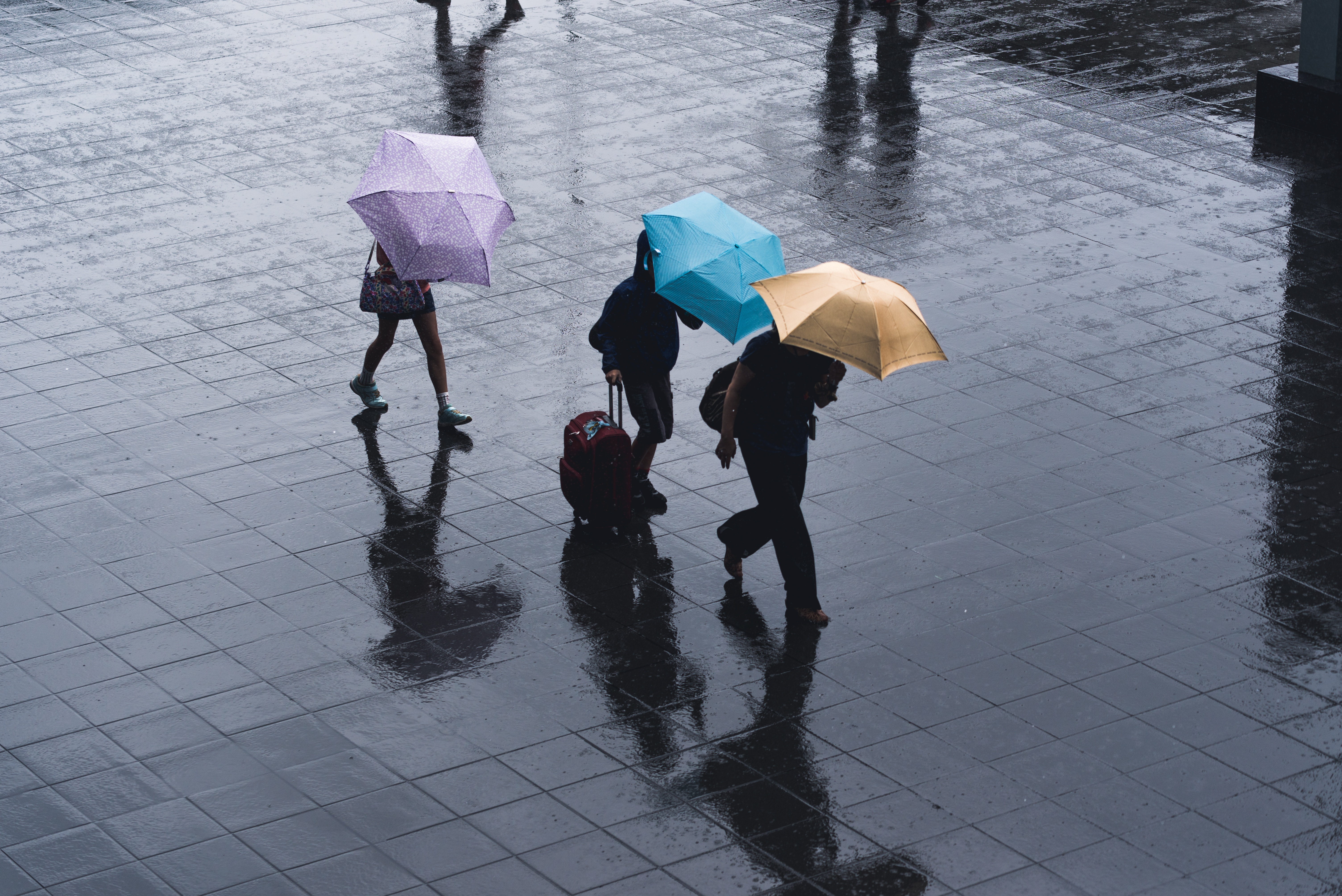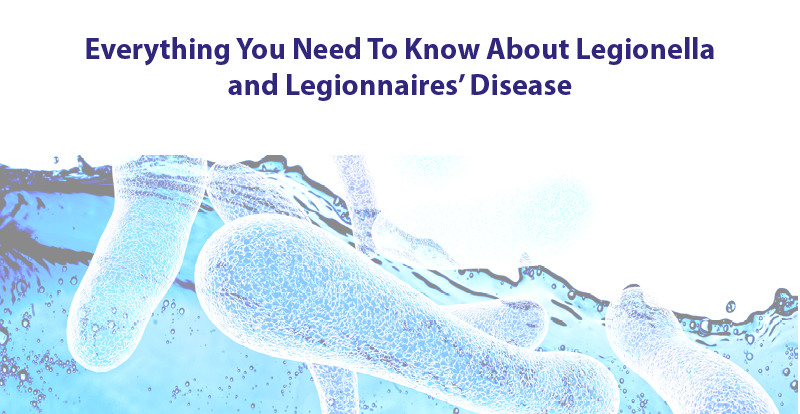
The World Health Organisation (WHO) discusses the effects of weather and climate on Legionellosis . In their article they stated that 2-15% of hospital admissions on pneumonia are contracted by Legionella, with peaks in the warm months of Summer-Autumn. 1
Besides the effect of high temperatures on the growth of Legionella, there are several other potential growth sources for this bacterium due to climate change. Higher temperatures impact sea water levels and increase flood risks. Since Legionella can be found in natural bodies of water, this could increase the Legionella bacterial count in soil.
Additionally, the Intergovernmental Panel on Climate Change (IPCC) states that heavy rainfall is a result of global climate change. Several subsequent studies have identified small but statistically significant increases in the risk of legionellosis with increased rainfall after a lag time of one to two weeks.4 5 6 7
- Fisman et al. found that legionellosis was associated with rainfall 6–10 days before disease onset. 3 This timing corresponds to the latent period between exposure to the pathogen and the development of symptoms.
- Scientists at Barcelona University established that in susceptible hospital patients there is a higher risk of contracting Legionnaires disease during higher rainfall periods. They don’t suggest a mechanism for this enhanced dispersal.
- Another study on Legionella in rainwater on roads in Japan indicates that Legionella pneumophila is often present in puddles of rainwater on asphalt roads, especially during warm weather. It has been suggested that to 'decrease illness and death from legionellosis, community physicians should consider the possibility of legionellosis for pneumonia patients, even those who had not traveled or visited spa facilities, especially during warm, rainy weather. To prevent legionellosis, persons must consider their risk factors; L. pneumophila may be more ubiquitous than previously thought.'
How Does rainfall affect exposure to Legionella?
It is plausible that rainfall might affect exposure to Legionella, via a range of potential mechanisms. Contamination of reticulated drinking water is a possibility,8 but a one or two week lag time seems too short for this pathway. Another suggestion is that vehicles might produce aerosols containing Legionella, as they drive on wet road surfaces 6 9 . Molecular matching of clinical and environmental samples is a promising approach that provides some support for this hypothesis. Another exposure pathway, in these warmer months, is the greater use of air conditioning. These cooling systems are the perfect environment for Legionella to become airborne and breathable.
Find Out More about Legionella Risk Factors and Common Causes of Legionnaires Disease.
References
- Sakamoto, R. (2015). Available at: http://bit.ly/2m1OAQR [Accessed 2 Dec. 2018].
- Stocker, T.F., D. Qin, G.-K. Plattner, M. Tignor, S.K. Allen, J. Boschung, A. Nauels, Y. Xia, V. Bex and P.M. Midgley (eds.) (2013). IPCC. Cambridge University Press, Cambridge, United Kingdom and New York, NY, USA, 1535 pp. Available at: http://bit.ly/2koNVbR [Accessed 2 Dec. 2018].
- Fisman DN, Lim S, Wellenius GA, Johnson C, Britz P, Gaskins M, et al (2005). J Infect Dis. 192(12):2066–73. Available at: http://dx.doi.org/10.1086/498248 [Accessed 2 Dec. 2018].
- Hicks LA, Rose CE Jr, Fields BS, Drees ML, Engel JP, Jenkins PR, et al. (2006). Increased rainfall is associated with increased risk for Legionellosis. Epidemiol Infect. 2007 Jul;135(5):811–7. Available at: http://dx.doi.org/10.1017/S0950268806007552 [Accessed 2 Dec. 2018].
- Garcia-Vidal C, Labori M, Viasus D, Simonetti A, Garcia-Somoza D, Dorca J, et al. (2013). PLoS ONE. 2013;8(4):e61036. Available at: http://dx.doi.org/10.1371/journal.pone.0061036 [Accessed 5 Dec. 2018].
- Chen NT, Chen MJ, Guo CY, Chen KT, Su HJ. (2014). PLoS ONE. 9(12):e114337. Available at: http://dx.doi.org/10.1371/journal.pone.0114337 [Accessed 2 Dec. 2018].
- Halsby KD, Joseph CA, Lee JV, Wilkinson P. Epidemiol Infect. 142(11):2352. Available at: http://dx.doi.org/10.1017/S0950268813003294 [Accessed 2 Dec. 2018].
- Falkinham JO 3rd, Hilborn ED, Arduino MJ, Pruden A, Edwards MA. (2015). Environ Health Perspect. Available at: http://dx.doi.org/10.1289/ehp.1408692 [Accessed 5 Dec. 2018].
- Sakamoto R, Ohno A, Nakahara T, Satomura K, Iwanaga S, Kouyama Y, et al. (2009). Emerg Infect Dis. 15(8):1295–7. Available at: http://dx.doi.org/10.3201/eid1508.090317 [Accessed 5 Dec. 2018].

